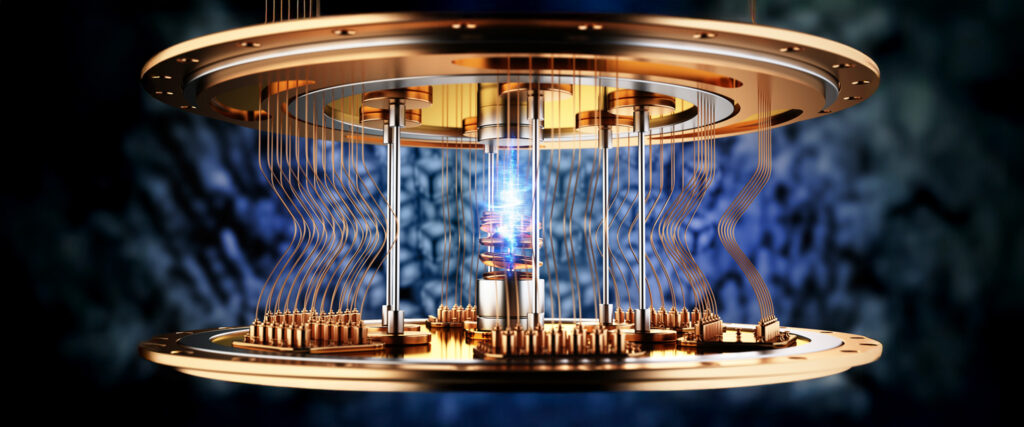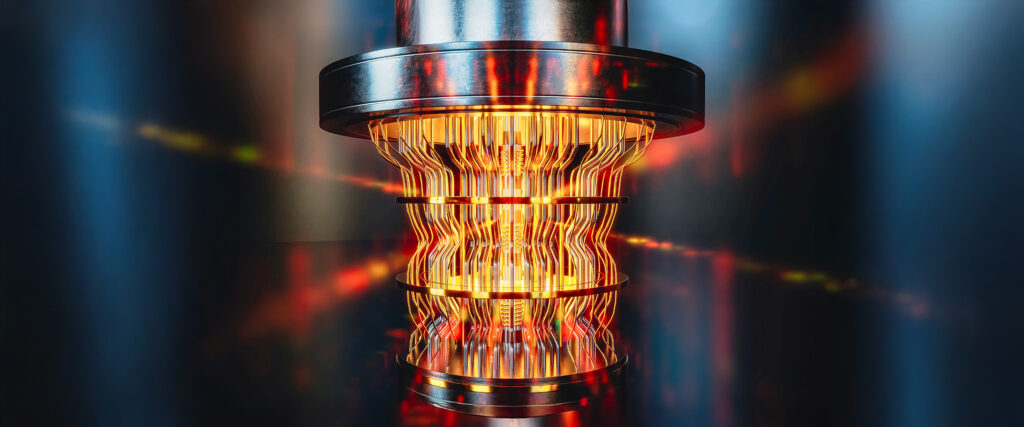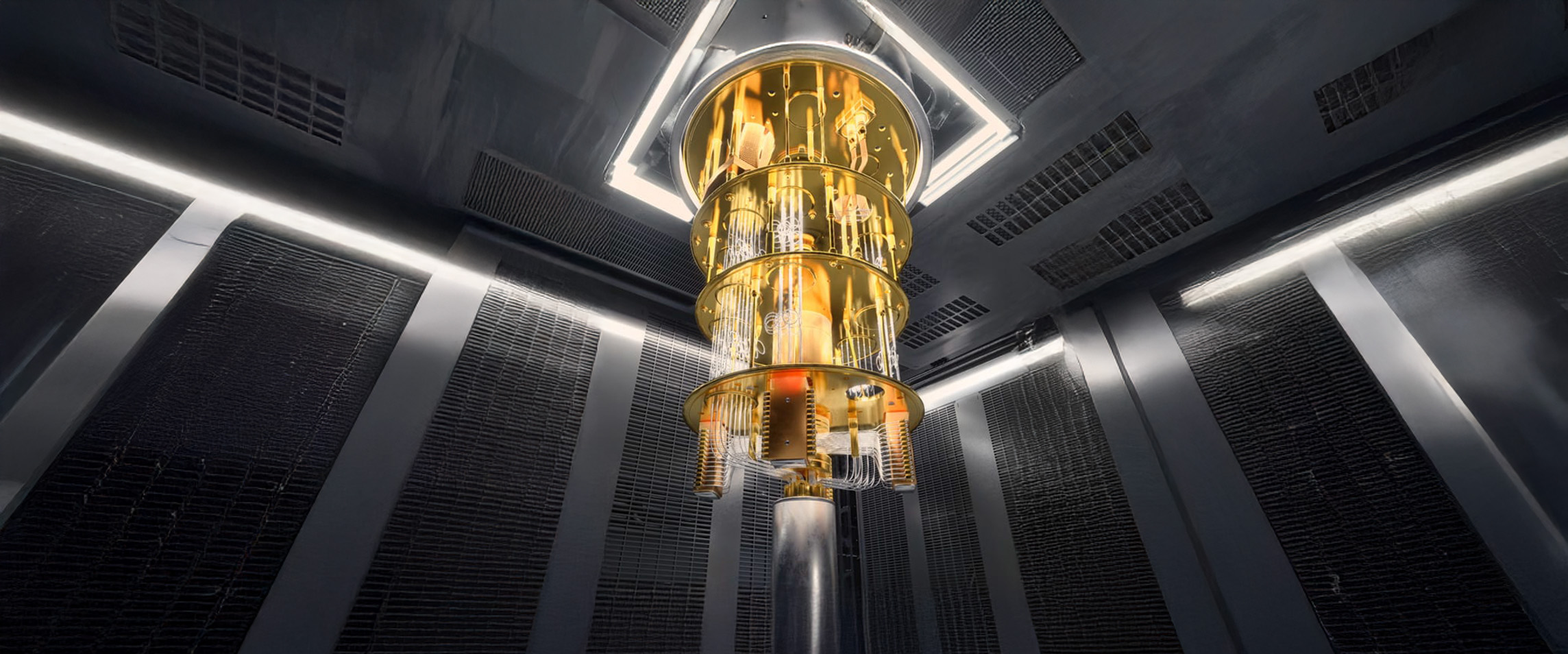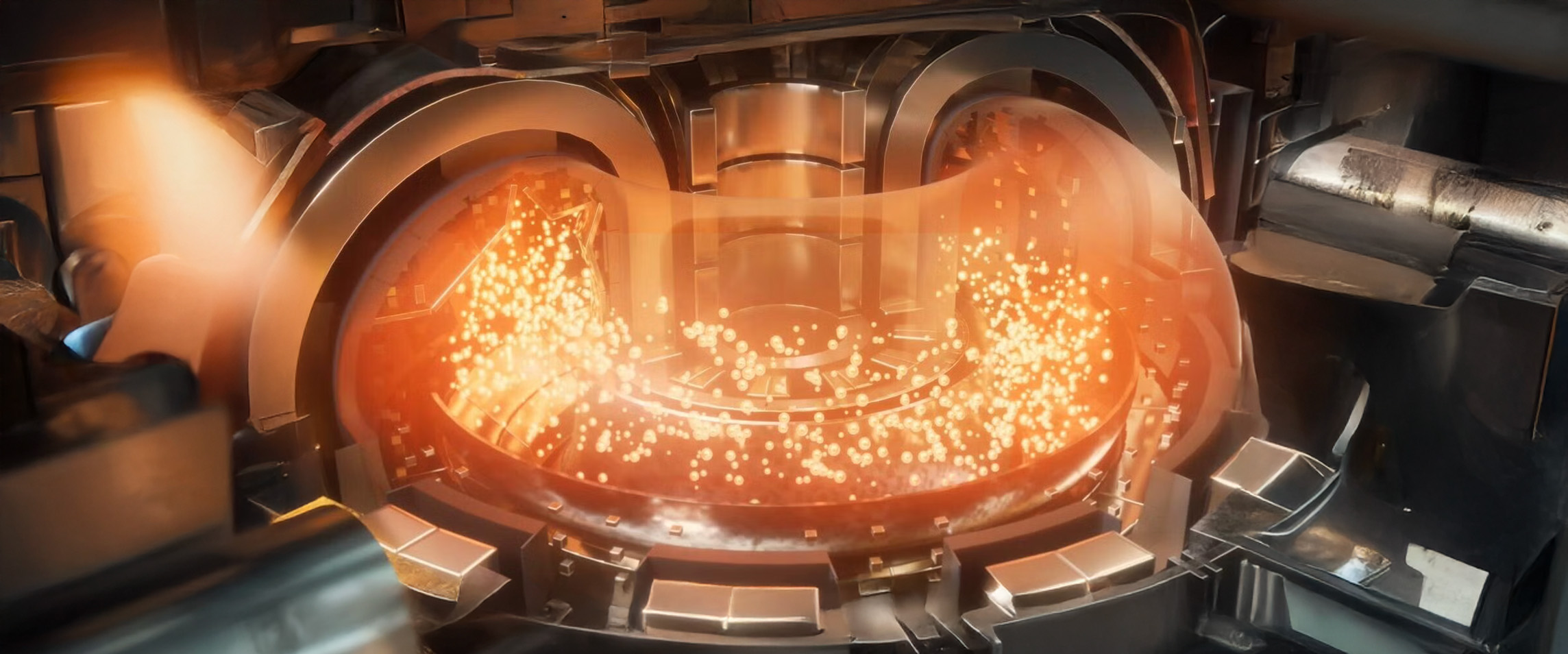Imagine controlling one of the most powerful types of computers ever conceived, not from across a lab via long, vulnerable cables, but from a microchip sitting just millimeters away from its quantum core. That’s exactly what researchers at the University of Sydney’s Nano Institute achieved in 2025. They’ve created a cryogenic control chip that operates at temperatures near absolute zero. This innovation is more than just a technical feat—it could reshape the future of quantum computing and how these machines interface with our world.
What makes this breakthrough so critical is its ability to live inside the extreme cold of a quantum computer. Traditionally, quantum systems link their fragile quantum bits—or qubits—to control electronics kept at room temperature, using long wires that risk signal degradation. But this cryogenic chip works right alongside the qubits at just 1 Kelvin, improving speed and accuracy, and making large-scale quantum computing more realistic.
This shift removes one of the major bottlenecks in scaling up quantum computing. Long connections between warm control systems and freezing qubits used to introduce noise and delays. Now, thanks to ultra-low power consumption—just 10 microwatts—the chip can operate without heating up the fragile quantum state. It’s designed to work with spin qubits, which use the quantum property of electron spin and can be produced using traditional semiconductor techniques, offering a clear path to mass production.

Beyond the lab, this development could revolutionize industries. IBM’s deployment of its Heron quantum processor in Japan is a milestone. McKinsey predicts the global quantum market could hit $100 billion by 2035. Companies like Google, Microsoft, and IBM are in a race to create reliable, fault-tolerant quantum machines capable of solving problems that today’s classical computers never could.
The applications are mind-blowing. In pharmaceuticals, quantum computers could simulate complex molecular interactions to discover new drugs faster. Climate scientists could use them to build more precise global models. Finance could harness them for real-time risk analysis. Even artificial intelligence and machine learning could be transformed by quantum’s ability to explore countless variables simultaneously.
But this journey is not without obstacles. Achieving ultra-low temperatures for stable quantum operations remains technically demanding and costly. Qubits are still sensitive to environmental disturbances and need intricate correction systems to work reliably. While this cryo-chip removes a major technical limitation, the path toward interconnected, error-resistant quantum systems remains steep.

With great power comes great responsibility. Quantum computers could one day break today’s encryption algorithms, posing serious cybersecurity concerns. Policymakers and engineers must work hand-in-hand to design systems that protect privacy and reinforce ethical standards. International collaboration will be vital in setting regulations that ensure these advances benefit society as a whole.
This chip isn’t just an engineering marvel. It’s a stepping stone toward a future where quantum machines aren’t hidden in isolated labs, but integrated into mainstream data centers. It recalls the birth of transistors and the rise of the internet—moments that permanently shifted how we live and work.
In conclusion, cryogenic control chips represent a powerful leap into the next chapter of technological evolution. They are not just about speed or cold—they are about control, precision, and a more integrated digital future. As we unlock the mysteries of quantum mechanics, we must also unlock the strength of our collective responsibility. The question is not just whether we can build it, but whether we will use it to uplift, empower, and protect humanity. The chip may be cold—but the decisions we make around it must be deeply human.








